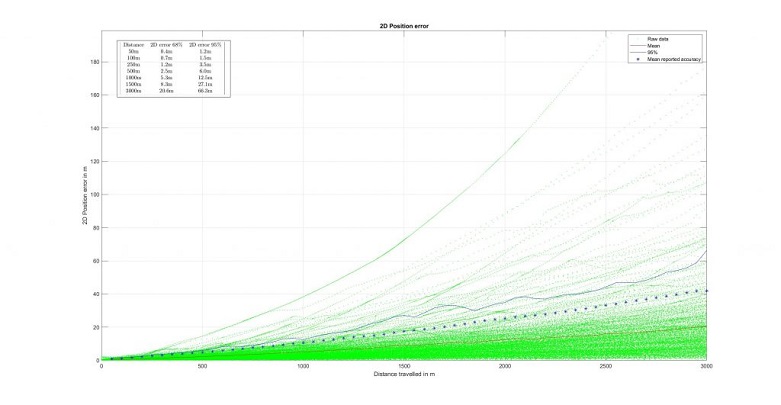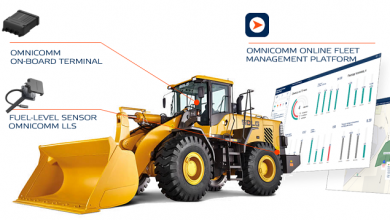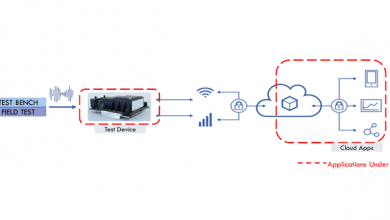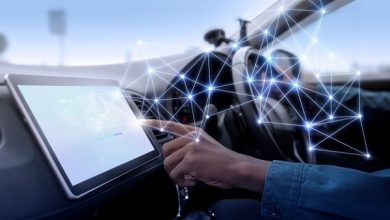Sorry officer! It was my cars fault, it needs a software update: CA Technologies
Soon the car of the future will drive it, upgrade it, schedule it for oil changes and hardware replacements and basically take care of itself.
Jerry Maldonado, VP-Automation, Customer Life-cycle Innovations | CA Technologies
You wake up in the morning and look at your phone and it says “you have an update”. This update might be for an application on the phone or an OS update, but every day it seems as though there is at least one or two of these messages constantly popping up. You get to work and your laptop is all of a sudden applying an update and now you wonder if it is in sync with your phone or something. Perhaps you move on to the copier machine and after you press copy there’s a note warming up and applying an update. How many other things needs updating in your life? How about your car?
The automotive industry is undergoing a major technology boom in all aspects of business. From the manufacturing, to the distribution, to the retail locations, to the car you drive today, these changes are necessary as the need for new enhancements and the concepts of the connected car come into play. Automotive platforms that once underwent multiyear lifecycles are now undergoing the same demands as IT and telecom face in the new Application Economy. Now automotive giants need to treat their cars the same way it treats there data centers and end users. Automotive giants like Ford ,GM, BMW, Audi and others need to blend different product lifecycles to keep their brands and lineup fresh and in step with the needs of their buyers.
With these changes, the auto manufactures now have to look at cars and vehicles as more mobile data centers then they had in the past. The major uptick of computer processing power coupled with the advance electronics is now becoming standard in today’s cars and they have made it almost impossible for the car folks to ignore the question, “How can they maintain and future-proof cars of the connected age”?

In the past, most parts in a car were mechanical, or of a nature that it was a manual process to replace the part, for this a recall notice was issued for faulty components. They would look up registered owners of a certain car andthen create a public announcement of a recall. Then you as the owner would have to drive down to the nearest dealer and make an appointment to drop off your car or wait for the work to be done. Don’t get me wrong, you might still have to do this today, but today a manufacture might just need to do a software update from a far to fix the issue.
In fact, chances are the next time you take your car into the dealer for an oil change, they will come back to tell you “ok we changed the oil and applied three upgrades to your car” and no the upgrades were not a helicopter option to get out of traffic jams, or a flame thrower option when that scooter person thinks that it is a registered vehicle and has the right to drive down the middle of the road doing 20, but a software upgrade. But this is reminiscent of the days of old in the Data center, when upgrades where done with folks running around with CDs or DVDs to each server. Today’s Connected Cars and the newly added components require a much richer way to get updates as they now act more like your laptop and smart phone than old cars.
An upgrade of a software nature could occur at any time and for any reason not just for something going wrong, but maybe to make the car more efficient or more agile. Let’s for example look at Ford and their hybrids cars, with a simple software update; Ford was able to increase MPGs of the hybrid by fine tuning the car’s software. Maybe a GPS system update to provide better map coverage and increased points of interests , better routing , or to take advantage of already built components that where dormant in the car until the software was available; something similar to cellular traffic reports. Granted these are good updates, but they may not be automatic or require a disc or trip to the dealer to happen. Welcome to the world of connected cars!
Well fear not for as we speak, automotive and tech giants such as Microsoft, Apple, Google and others are leveraging the Wi-Fi world and the capabilities of the connected car to do the upgrade automatically. These versions of automobiles can leverage the Wi-Fi world to send out reports on a car’s health to an email address, request updates and download updates while connected to Wi-Fi. Let’s look at Apple CarPlay or Android Auto or other players in the space like RIM, Nokia, and Microsoft with their in-car systems. These systems act and work with apps just like your smartphone and require updates just like your smart phone. As new features come out, the systems are updated and provides more benefits to the owners and occupants.
And then you have up and coming car manufactures like Tesla Motors that do over the air updates of their cars. Model S regularly receives over-the-air software updates that add new features and functionality. When an update is available, a notification is display on the center display with an option to install immediately, or schedule the installation for a later time. Simply connect your car to a Wi-Fi spot hit the button and in 45 minutes the update is complete. Mercedes Benz recently announced that its new systems will allow the cars to be connected to the “cloud”, the system can be upgraded whenever new software or applications become available.
It is truly amazing to see how far the car company has evolved in the last 10 years. Soon the car of the future will drive it, upgrade it, schedule it for oil changes and hardware replacements and basically take care of itself. All I got to do then is get in, tell it where we are going, feed it, and pay the bills. Looks like I will have another family member to take care of, wonder if I can claim it as a dependent on my taxes.
Author:Jerry Maldonado, VP-Automation, Customer Lifecycle Innovations




